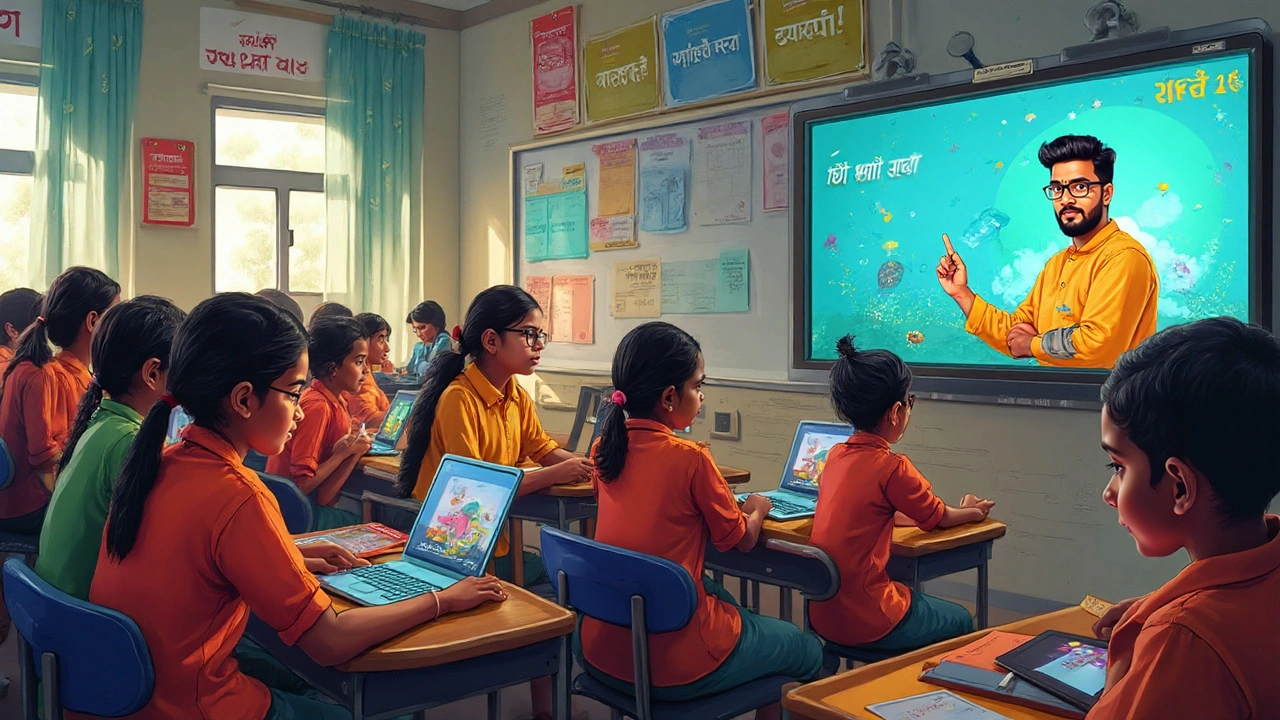Virtual Education in India: What It Means for You
Virtual education is no longer a buzzword – it’s the everyday way many students attend class, submit homework, and even take exams. Whether you’re a high‑schooler in Delhi, a college student in Bangalore, or a working professional upskilling from Mumbai, online learning is shaping how you study. The shift started with a sudden need for remote classes, but it has stayed because it saves time, gives flexibility, and opens up resources that a brick‑and‑mortar school can’t always provide.
Why Virtual Education Is Booming
First, the internet has become fast enough for video lessons to run smoothly even on a modest smartphone. Second, big platforms like BYJU’s, Unacademy, and the ones we reviewed in our post “Most Used Learning Platform” are constantly adding new tools – quizzes, AI‑driven feedback, and live doubt‑clearing sessions. Third, parents and students see money saved on transport and school fees as a real advantage. Lastly, the pandemic proved that learning can happen anywhere, so schools now mix classroom time with digital lessons to keep students engaged.
But it’s not all smooth sailing. Issues like poor internet, distractions at home, and a feeling of isolation pop up often. That’s why we wrote “Distance vs Online Learning: Key Differences Explained”. Knowing the difference helps you pick the right format: distance learning usually means self‑paced material you download, while online learning includes live video, interactive boards, and real‑time teacher interaction.
Tips to Make the Most of Online Learning
1. Pick the right platform. Look for sites that offer practice tests, clear video quality, and a community forum. Our “Top eLearning Platforms” guide compares features to help you decide.
2. Create a dedicated study space. Even a small table with good lighting signals your brain that it’s time to focus. Keep your phone on silent or use apps that block social media during class.
3. Stick to a schedule. Write down class times, deadlines, and break periods. Treat virtual classes like a regular job – show up on time and have a notebook ready.
4. Engage actively. Ask questions in the chat, participate in polls, and take notes as if you were in a physical lecture. Interaction boosts retention and makes the teacher notice you.
5. Use supplemental resources. Combine your virtual lessons with NCERT books, past year papers, or the “Is Aakash Material Enough for NEET 2025?” article if you’re preparing for a medical entrance exam. Mixing resources fills gaps left by any single platform.
6. Take care of your well‑being. Short breaks every 45 minutes, a quick walk, and staying hydrated keep your mind sharp. Remember, learning online can feel lonely – join study groups on WhatsApp or Discord to stay connected.
Virtual education isn’t a one‑size‑fits‑all solution, but with the right habits and tools, it can be as effective as any classroom. Start by testing a free trial of a platform, set a realistic timetable, and watch how quickly you adapt. Your future learning journey is just a click away.
What is eLearning Called? Understanding Modern Learning Terms & Platforms
Explore what eLearning is called, why the term matters, and how it shapes modern education. Dive into current trends, tools, and best practices for digital learning.
read more